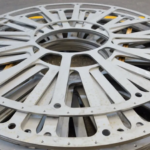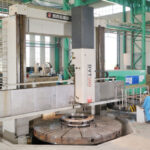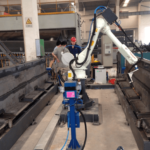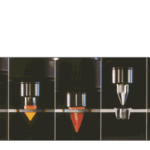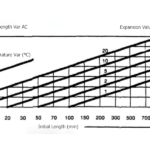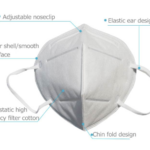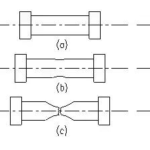There are two types of steel alloy that are typically familiar to the average person: carbon steel and stainless steel. Carbon steel combines iron with carbon, while stainless steel combines iron with chromium. It is easy for most people to identify stainless steel, because the chromium creates a shiny coating over the metal that is reflective and nonporous, making stainless steel simple to clean and decorative. One of the common definitions of carbon steel is any steel that is not stainless.
Carbon steel with the lowest carbon content is typically called wrought iron; the metal is hard, but not brittle. This type of carbon steel is used for fences, chain links, gates and railings. Its lower carbon content means that it has the flexibility to be “worked” into designs for ornamental purposes.
High-carbon steel is hard but brittle and less easily worked. The uses of carbon steel in this category are typically for manufacturing purposes. This type of carbon steel is often used to create springs and high-strength wires. The increased hardness makes this category of steel ideal for cutting tools, punches, dies and industrial knives.
Carbon steel with ultra-high carbon content is commonly referred to as cast iron. This type of cast iron is very hard but highly brittle. It has little to no malleability and cannot be easily welded or tooled. Often, it is used for cast iron pots, hot water radiators and certain types of lamp posts. Industrially, this type of carbon steel is used for castings, because the high carbon content lowers the melting point.
The consumption of carbon iron of our factory is huge and we are skilled in welding, casting, cutting and punching of this kind of material.
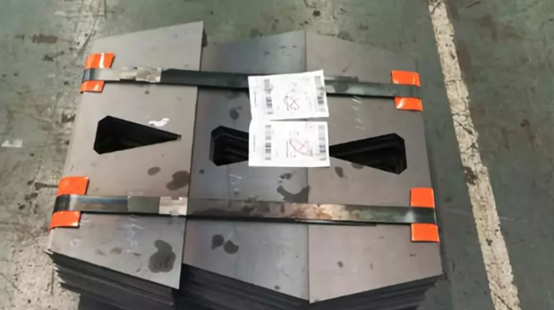
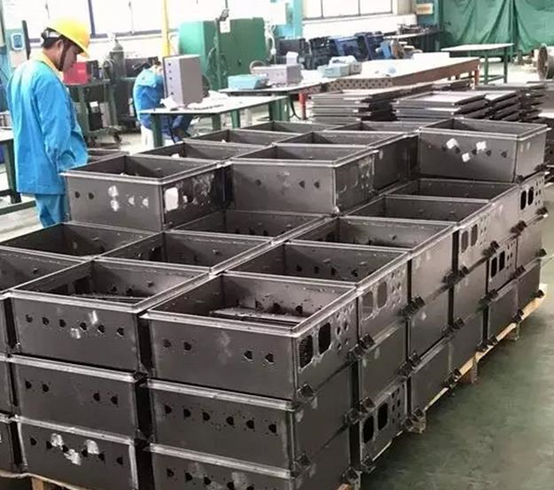
Link to this article:Brief Introduction of Carbon steel
Reprint Statement: If there are no special instructions, all articles on this site are original. Please indicate the source for reprinting.:Casting Wiki,THANKS!^^

